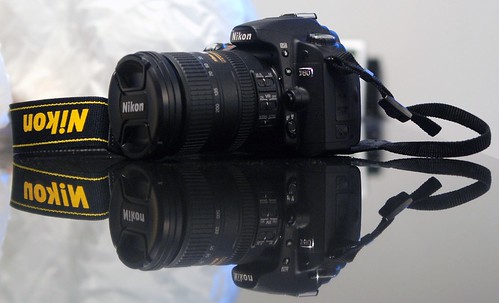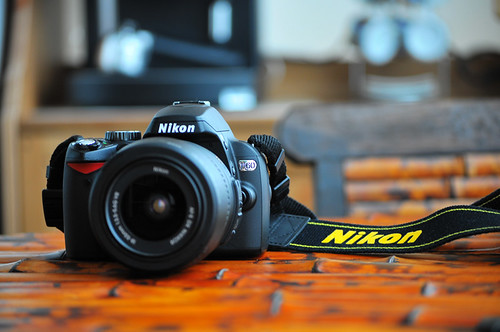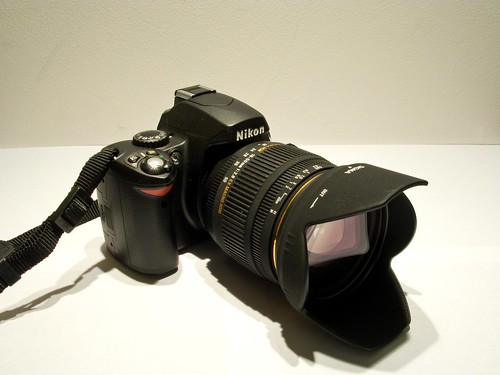No picture available
Nikon updated one of the most well-received digital SLRs on the market with the Nikon D300S, a digital SLR with the same 12.3-megapixel sensor, a slightly faster frame rate, and HD Video capture capability, among other improvements, all for the same price.
In August 2007, Nikon launched the D300, which offered 12.3-megapixel resolution from a DX format image sensor roughly equal in size to a frame of APS-C film. Sensitivity could be extended as high as ISO 6,400 equivalent, and the Nikon D300 featured a weather-sealed body, 100% viewfinder coverage, a 920,000-dot LCD display with live-view capability, plus six frames-per-second burst shooting. The Nikon D300's feature set was robust enough not only to serve the enthusiastic amateur photographer, but also to prove attractive to pros looking for an extra camera body without breaking the bank.
Two years down the road, Nikon refreshed the D300 design with the Nikon D300S, incorporating almost the entire feature set of the previous camera plus several must-have features to compete with the latest cameras.
D300S vs D300 Differences:
1280 x 720p HD video recording at 24 fps
Built-in mono microphone with adjustable gain
External 3.5mm stereo mic jack
Contrast-detect AF during videos
7 fps vs 6 fps top burst speed (8 fps for both with battery grip)
Slightly faster AF performance
Dual CF Type I and SD card slots vs single CF Type I/II
Wider built-in flash coverage (16mm vs 18mm)
Dedicated Live View button
Dedicated Info button
Multi-selector center button
Quiet shutter release mode
Sliding memory card door vs locking swing type
Mini HDMI Type-C vs Type-A connector
Composite A/V output vs composite video only output
Virtual horizon display
Optional framing grid in Live View mode
Icon bar menu below Shooting Info display for quick access to some settings
Extra-high and Auto Active D-Lighting settings
Active D-Lighting bracketing
Face detection during playback
In-camera RAW processing and image resizing
In-camera movie trimming
72-image thumbnail view in playback mode
Battery life CIPA rated at 950 shots per charge vs 1,000
Other minor changes






